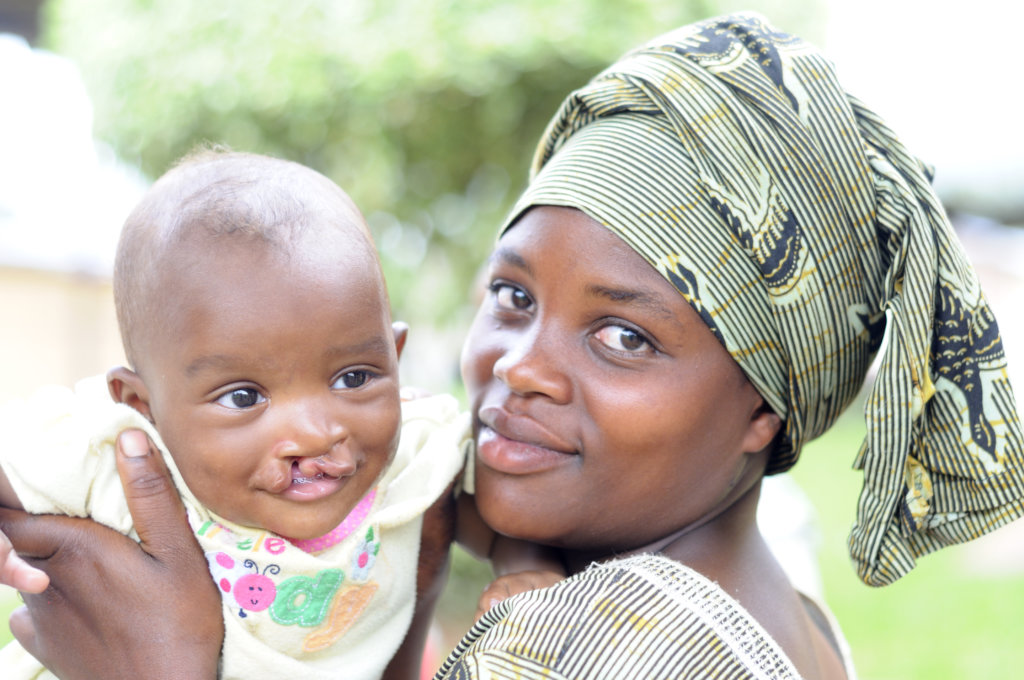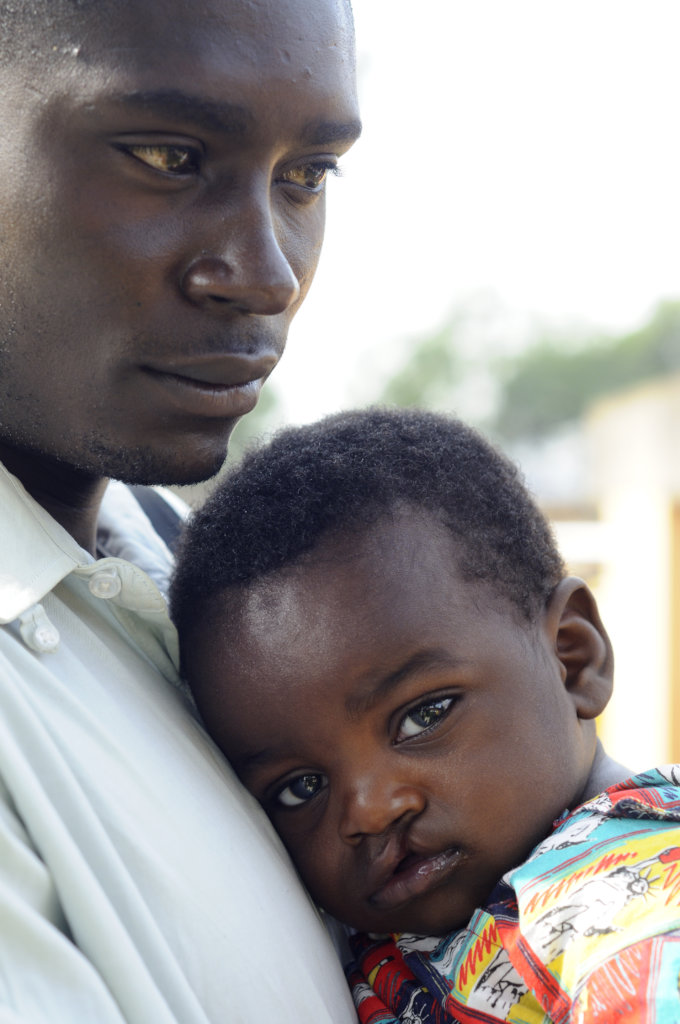By Mrs Nnenna Okoturo | CEO
This quarter we are still working hard to get quotes and third-party software companies to both print the Redbooks and build the Children’s Record Medical system, what we need to do is to ensure that as we give out the Redbooks to each parent and child care workers we have the back-up data in a system, just in case the Red books get lost. It is our big challenge to achieve this, but we will!
Also, we are still working on the Cleft Lip Awareness event as we have now gained partnership with Smile Train... we will get this ball rolling.
What is Cleft Lip?
Globally, 1 in every 700 children are born with a cleft lip and/or palate. Clefts are the leading birth defect in many developing countries. A cleft occurs when certain body parts and structures do not
fuse together during fetal development. Clefts can involve the lip and/or the roof of the mouth,
which is made up of both hard and soft palate. In developing countries, the vast majority of children with clefts will never receive the reconstructive surgery they need.
How common are clefts?
There are varying opinions on the actual incidence of clefts, but most experts agree that, in part, it
depends on ethnicity. Some experts say that the highest cleft incidences are amongst Asians (approximately 1 in 500 births). Caucasians have an average incidence of 1 in 700 births and individuals of African descent have the lowest incidence of approximately 1 in 1,200 births.
What are the causes of cleft lip and palate?
No one knows exactly, but most experts agree that the causes of cleft lip and/or palate are multifactorial and may include a genetic predisposition as well as environmental issues such as drug and alcohol use, smoking, maternal illness, infections, or lack of Vitamin B, also known as folic acid. In most cases, it is not known what has caused a cleft lip and/or palate, but research is ongoing to better understand the condition.
What does it mean to be a child with an untreated cleft in a developing country?
Children with untreated clefts not only live in isolation, but also face physical difficulties with eating, breathing, hearing, and speaking. As a result, most of these children don't attend school or ever hold a job.
Can clefts be treated?
Reconstructive surgery for clefts has evolved over more than half a century, and today’s techniques and procedures have come a long way. The surgery today is simple and the transformation is immediate. Patients see their smile for the first time, parents cry tears of joy, and lives and communities are changed forever.
Your continuous donations will help acheive this cause - Thank you!
By Mrs Nnenna Okoturo | CEO of VSCWC
By Nnenna Okoturo | Project Leader
Project reports on GlobalGiving are posted directly to globalgiving.org by Project Leaders as they are completed, generally every 3-4 months. To protect the integrity of these documents, GlobalGiving does not alter them; therefore you may find some language or formatting issues.
If you donate to this project or have donated to this project, you can receive an email when this project posts a report. You can also subscribe for reports without donating.


